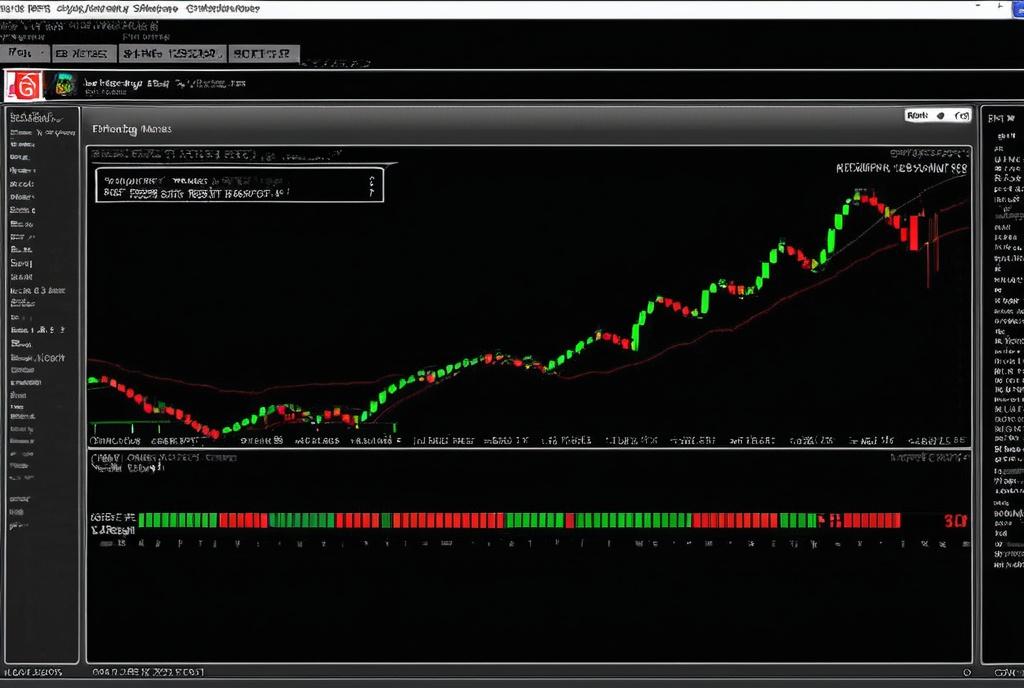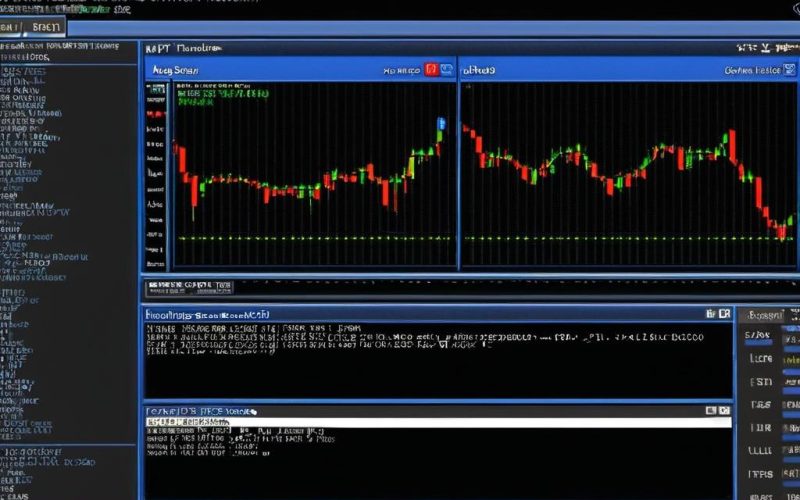Key Take Aways About Pair Trading
- Pair trading exploits pricing discrepancies between correlated assets, often using stocks.
- Traders short an outperforming stock and buy an underperforming one, betting on convergence.
- Correlation and cointegration are crucial for identifying valid pairs.
- HIT software aids in finding statistically significant pairs and monitoring market shifts.
- Risks include breakdown of correlation and market volatility.
- Balancing positions is essential for managing risk and ensuring market-neutrality.
- Real-world examples, like Coca-Cola and Pepsi, illustrate potential pair trading opportunities.

Understanding Pair Trading
Pair trading, a market-neutral trading strategy, rides on the principle of exploiting relative pricing discrepancies between two correlated assets. Imagine a seesaw with two closely linked stocks. If one goes too high and the other too low, traders swoop in, betting on the gap to close. It’s not magic, it’s math.
How It Works
The basic idea here is to identify two stocks that usually move together. Let’s say Stock A and Stock B are long-time dance partners, shuffling to the same beat. If Stock A suddenly pulls a solo move and soars while Stock B is stuck in a rut, the savvy trader expects them to get back in sync. In practice, this means shorting Stock A and buying Stock B, betting they’ll tango in step soon enough.
Correlation and Cointegration
The heart of pair trading beats with correlation and cointegration. Correlation checks if two stocks have a history of moving together. But cointegration? It’s like measuring if they’re truly tied at the hip over the long haul. Even if they seem distant in the short term, cointegration suggests a deep-rooted connection. This distinction is crucial in deciding when to place your bets and hold your ground.
The HIT Software Edge
Enter HIT software, a nifty tool for traders in this game. Think of HIT as your pair-trading sidekick. It’s designed to scan the market, crunch numbers, and spit out potential pairs with all the grace of a seasoned ballroom dancer. This isn’t just about picking any two stocks; it’s about identifying pairs that tell a compelling story of potential reversion.
Features and Functionality
HIT software acts like a detective. It sniffs out pairs that not only walk hand in hand historically but also boast statistical significance. Traders are armed with data on mean reversion, historical performance, and the potential for mispricing correction. This is where HIT’s ability to track real-time news feeds comes in handy, as any sudden change in the market can impact the pair’s dynamics.
Risks Involved
Of course, it ain’t all sunshine and roses. Pair trading might sound like a safe bet, but risk is part of the package. Correlation can break down, leaving traders high and dry. And in times of high market volatility, even the closest pairs might drift apart. Traders need to know when to fold—watching liquidity, market trends, and any shifts that could affect the balance.
Case Studies and Practical Insights
Looking at real-world examples helps illuminate the path to successful pair trading. Consider the relationship between Coca-Cola and Pepsi. They’re both big dogs in the beverage yard, so if one suddenly takes off due to a new product release and the other lags, there’s a potential trade. Yet, factors like changing consumer preferences or regulatory hurdles can twist the tale unexpectedly.
Balancing the Books
For those diving into the pair trading pool, balancing positions is key. You don’t just throw money willy-nilly at stocks. Instead, maintaining an equal dollar amount helps in hedging bets. If you’re long on one and short on the other, any general market movement affects both positions similarly, keeping the trader’s boat steady in rocky waters.
Conclusion
While pair trading might not be everyone’s cup of tea, with HIT software by your side, you’ve got the tools to navigate this strategy with a steady hand. It’s about riding the waves of pricing discrepancies, armed with data, analysis, and a keen eye on market movements. As always, keep your wits about you and remember, the dance between stocks is as unpredictable as it is enticing.
